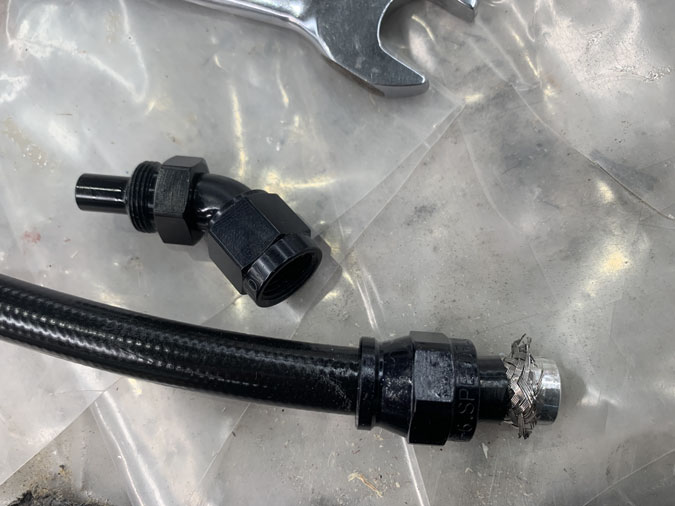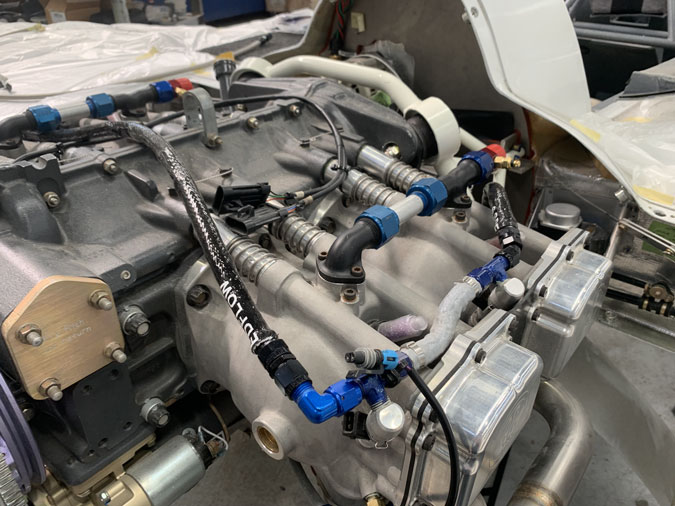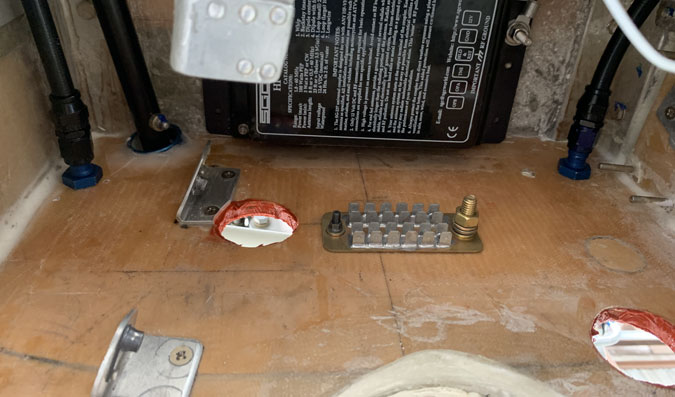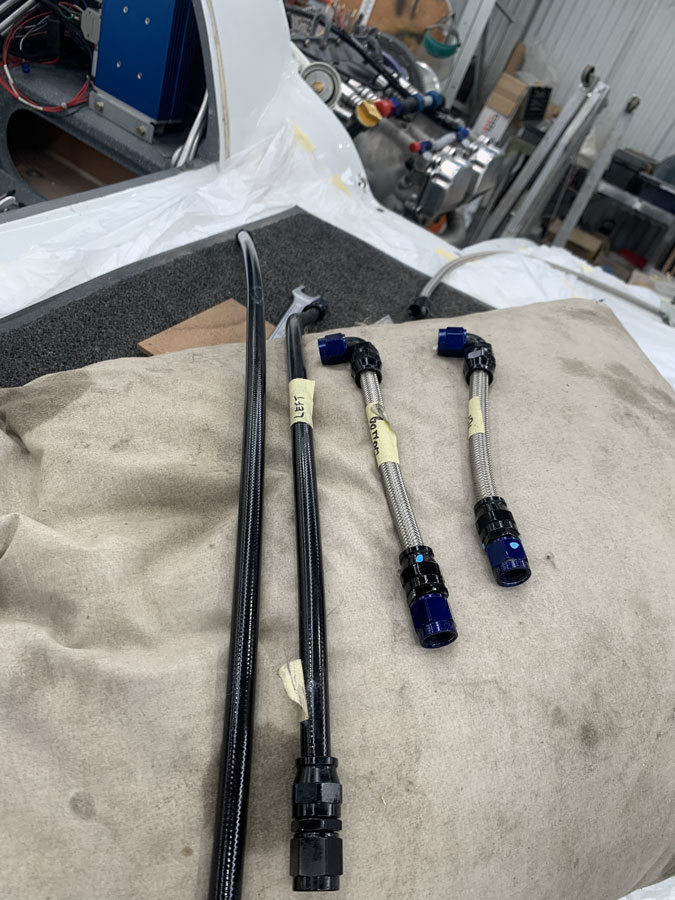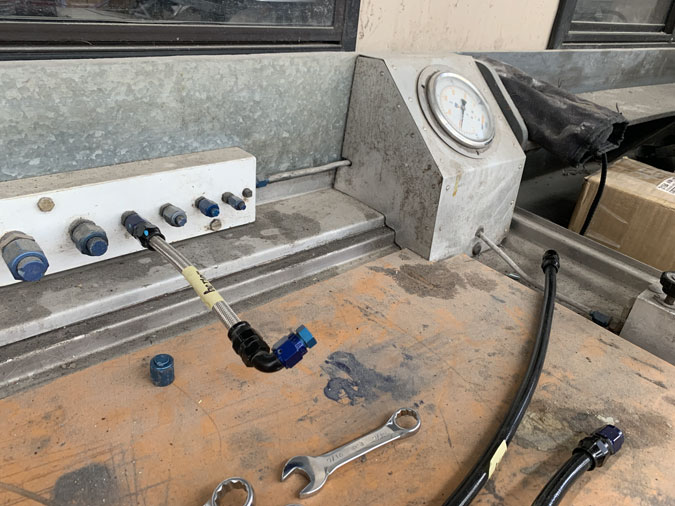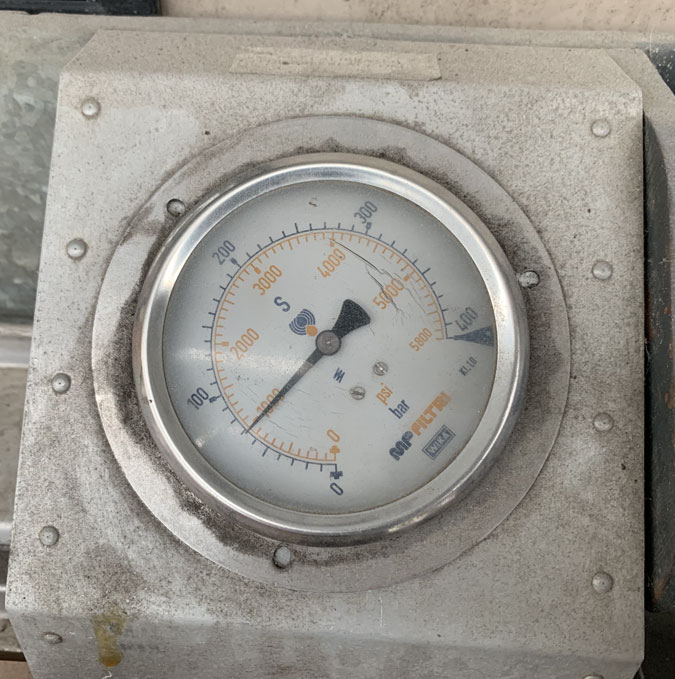| Date: 12-17-2023 | |
| Number of Hours: 8 | |
| Manual Reference: 23 |
I am using Speedflow 200 hoses and fittings for my fuel lines. These are an automotive product and they are reusable. That’s a good thing given the cost of the fittings! While they are in AN sizes per aviation, they do have lots of angle and swivel options. I’ve used these quite a bit in the vent system as well. The 200 series are similar to the aviation hoses in that they have the Teflon lining and steel braid.
These 200 hoses can come with or without a plastic coating over the braid. I’m using these coated ones inside the cockpit or cold side of the firewall as I will be having plenty of wiring next to them and the coating should reduce abrasion.
The steel braided hoses without the plastic coating on the hot or engine side get a fireproof sleeve. I still have to treat and then secure the ends.
I’ve made good use of the angled fillings here to try and get a smooth run. In this case I also wanted to keep clear of the spark plug.
On the other side of the firewall you can see the send and return lines are well clear of where the pumps will mount.
The small hoses I made a while ago for the sump area. Of course I need to test that all the fittings are on and not leaking.
I am very lucky that there is a pressure testing machine at my disposal in the hangar. These work on hydraulic fluid and are pretty easy to use.
The hoses might see 30psi in service. I tested each one to 1000psi. No leaks. we are good to install them after a good clean out.

